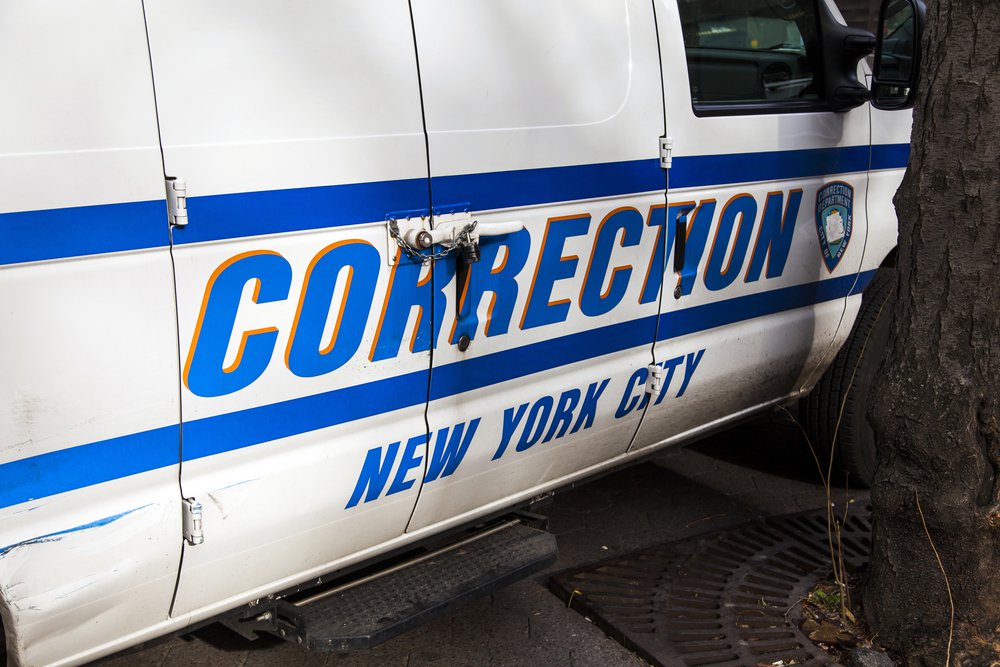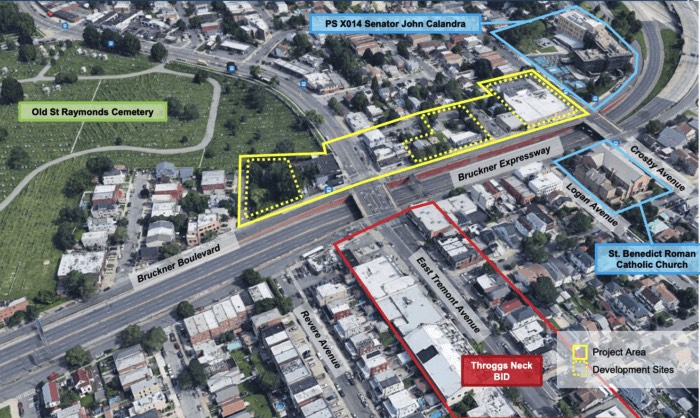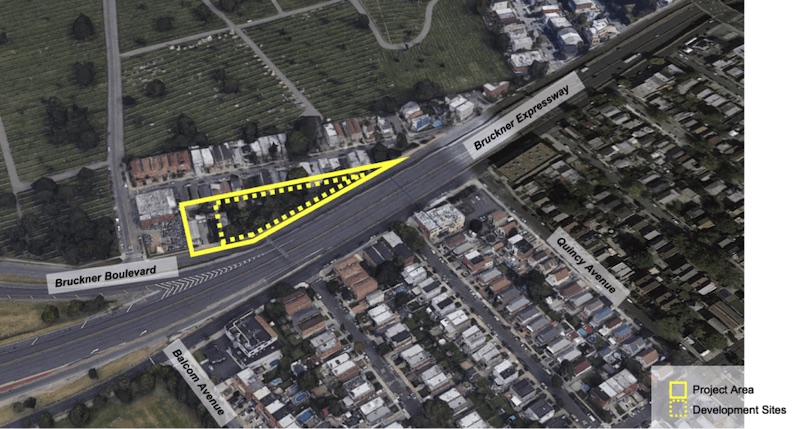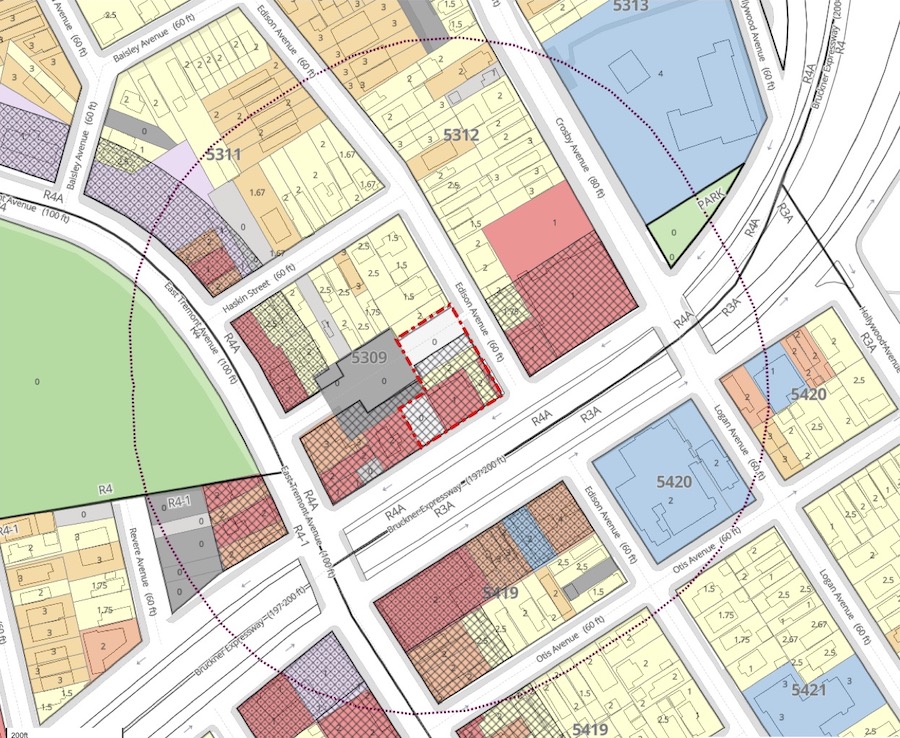Historic Investment from City and State, in Partnership With CUNY, Will Ensure New York City Becomes Global Leader in Accessible Life Science and Public Health Careers
New, State-of-the-Art Brookdale Campus Will Create Career Pipeline for New York City Students and Anchor Life Sciences Industry
New Project Delivers on Commitments from Mayor Adams’ Blueprint for NYC’s Economic Recovery and State of the City Address
New York City Mayor Eric Adams and New York Governor Kathy Hochul today unveiled plans for the Science Park and Research Campus (SPARC) Kips Bay, a job and education innovation hub that will be the first-of-its-kind in the state. Driven by an historic investment from the city and state, SPARC Kips Bay will help New York City become a global leader in creating and attracting accessible jobs in life sciences, health care, and public health by creating a pipeline from local public schools to careers in these growing and essential fields.
Through a partnership with The City University of New York (CUNY), SPARC Kips Bay will generate approximately $25 billion in economic impact to the city over the next 30 years; create 10,000 jobs, including 2,000 permanent jobs; and transform Hunter College’s Brookdale Campus on East 25th Street and First Avenue into new, state-of-the-art teaching and commercial facilities. This project will transform an entire city block — with over 1.5 million square feet of academic, public health, and life sciences space, more than doubling the life sciences footprint in Kips Bay — and rebuild a new accessible pedestrian bridge on East 25th street connecting to the East River and Manhattan Waterfront Greenway.
This public-private partnership delivers on commitments from Mayor Adams’ “Rebuild, Renew, Reinvent: A Blueprint for New York City’s Economic Recovery” and his first State of the City address delivered in April. It also follows a series of actions taken in the first months of the Adams administration to invest in and plan the future of the city and the region’s life sciences industry — the country’s leading region for life sciences jobs and funding — particularly in Kips Bay, where the life science ecosystem has seen over $2 billion in investment in the last 15 years.
“This new Science Park and Research Campus in Kips Bay will be not only a hub for the life sciences industry and an anchor for the neighborhood, but also a bridge to the future for our city’s young people,” said Mayor Adams. “SPARC Kips Bay will transform an entire city block into a state-of-the-art destination for the life sciences industry and be a place where workforce development, economic opportunity, and public health come together seamlessly — attracting businesses and uplifting New Yorkers to bring our city back stronger than ever with $25 billion in new economic activity for our city over the next three decades. Thank you to all our partners for the vision and teamwork to ‘Get Stuff Done.’”
“Thanks to this agreement with the city, SPARC Kips Bay will give New York’s life sciences sector a major boost, creating thousands of high-paying jobs, investing in education, and making New York the place where miracles are made,” Governor Hochul said. “My administration remains laser-focused on saving lives and making New York the home of the transformative fields of the future, and with this project, we will achieve both of these goals at the same time.”
“COVID-19 proved how important New York’s public hospitals, research institutions, and CUNY are to the survival and well-being of our city. As a result, it is fitting that Governor Hochul and Mayor Adams have teamed up with CUNY to transform Hunter College’s Brookdale Campus into a public health and education hub to better meet the needs of our students, faculty, and all New Yorkers,” said CUNY Chancellor Félix V. Matos Rodríguez. “Each year, CUNY enrolls about 40,000 students in health and human services programs, and this state-of-the art facility will prepare them to work in New York’s growing life sciences and public health sectors as well as create much-needed jobs in these fields to help our economy. CUNY is proud to be a part of this partnership, which will help New York recover from the pandemic equitably.”

A conceptual rendering of the SPARC Kips Bay campus. Courtesy: New York City Economic Development Corporation

Map of the Kips Bay Science District, including the SPARC Kips Bay campus. Courtesy: New York City Economic Development Corporation
SPARC Kips Bay will cultivate the next generation of the scientific research and health care workforce, creating a single campus with space for the New York City Department of Education (DOE), CUNY, health and biotech companies, and public health institutions — providing pathways to good-paying careers for New York City high school, undergraduate, and postgraduate students. CUNY will specifically offer accessible degrees and continuing education programs in public health and medical research, including for the many young New Yorkers inspired by COVID-19 responders and researchers who helped develop vaccines.
Career opportunities will range from doctors and nurses to biochemists and engineers, as well as a variety of supporting roles in the life sciences and health care fields, like business managers, lawyers, and administrative assistants. With the development of new talent will come new research, translating to more companies, jobs, medicines, and advanced technologies, which will ensure New York City remains the leader in developing treatments and cures for some of the most pressing public health challenges of the time.
Additionally, SPARC Kips Bay will be critical in building a more dynamic and resilient New York City economy. New York City’s health care sector employs over 750,000 New Yorkers, and the metropolitan area’s life sciences sector is a rapidly growing industry with nearly 150,000 additional jobs last year. The city estimates the project will create about 2,000 good-paying, quality jobs just in the campus’ new commercial lab space, which will attract new companies and startups, leading to additional good-paying jobs in the health care and life sciences fields. Construction of the campus will create an additional 8,000 good-paying construction jobs.
“This is truly a transformative project that creates state-of-the-art space for high school, undergraduate, graduate, and postgraduate students, public health institutions, and biotech companies,” said First Deputy Mayor Lorraine Grillo. “It will provide a pathway to career opportunities for generations of New Yorkers.”
“Today marks the beginning of a new era of opportunity for our city and our people. The transformational new campus at SPARC Kips Bay will bring together academia with industry and help New York City become the world’s leading city for life sciences and public health,” said Deputy Mayor for Economic and Workforce Development Maria Torres-Springer. “With the combination of programs and spaces planned on-site, we have a truly unique opportunity to put local talent at the center of the inspiring and impactful work happening in life sciences, health care, and public health and equip them with the training they need to enter these careers.”
“The SPARC Kips Bay campus will help attract and retain the best and brightest in the health and life sciences fields,” said Deputy Mayor for Health and Human Services Anne Williams-Isom. “It will be the home of innovation and collaboration and the heart of instruction for generations of professionals to come in these increasingly important disciplines. Thank you to the teams across the city and the state as well as the science and business communities for coming together to put these plans into practice.”
“SPARC Kips Bay represents a path-breaking approach to economic development in New York City where we create clusters in which commerce and schools work side-by-side to provide career pathways for CUNY and DOE students in the innovative sectors of today and tomorrow,” said New York City Economic Development Corporation (NYCEDC) President and CEO Andrew Kimball. “This is not just an entirely new way of delivering economic development but also a tremendous partnership with the state. Together, we are creating an unprecedented pipeline of diverse talent that will prepare our city for future health emergencies while advancing new medicines, medical devices, innovative therapies, and other products to help treat sick people and improve their lives and care. NYCEDC is confident this historic investment will grow the health and life sciences sectors, diversify our economy, and support its resiliency long-term.”
“NYC Health + Hospitals is proud to be a part of SPARC Kips Bay as we expand Bellevue Hospital’s primary care clinics and add a new clinical simulation center for our employees and CUNY students,” said NYC Health + Hospitals (H+H) President and CEO Mitchell Katz, MD. “Our health system will play a dynamic part in this new campus as we engage our patients and future nurses and physicians.”
“Providing our students with a clear pathway to and preparation for a rewarding career and long-term economic security is our North Star,” said DOE Chancellor David C. Banks. “SPARC Kips Bay will be a result of unprecedented collaboration between our public schools, CUNY, neighboring health and biotech industries, and public health institutions to provide meaningful career pathways for our high school students. I am thrilled that this opportunity will help prepare more of our students for the 21st-century economy and the opportunities of the future.”
“Kips Bay has been home to OCME for more than a century, and, with our new forensic pathology center, we are excited to launch the next chapter for this neighborhood as a global hub for discovery and innovation in forensic science,” said New York City Chief Medical Examiner Dr. Jason Graham. “Our state-of-the-art facility will support doctors and scientists serving New Yorkers at the intersection of public health and safety and ensure that we continue to lead the country in producing board-certified forensic pathologists at a time when this medical subspeciality is critically needed.”
“The New York City region is leading the nation in life science jobs, and, with this project, we will continue to run up the score,” said Department of City Planning Director and City Planning Commission Chair Dan Garodnick. “This new hub is perfectly situated in a health care corridor that includes hospitals, labs, schools, and public health facilities, in a city that has all the talent to bring new innovations to life. This is transformative for the neighborhood and a huge win for New York.”
SPARC Kips Bay will be anchored by new, modern facilities for over 4,500 students from the Hunter College School of Nursing and School of Health Professions, the CUNY Graduate School of Public Health and Health Policy, and the Borough of Manhattan Community College’s multiple health care programs. The hub will also feature:
- An H+H/Bellevue ambulatory care center that will offer screenings, same-day procedures, diagnostics, and preventive care;
- An H+H simulation training center that will allow CUNY students and others to simulate patient scenarios, utilizing mock operating rooms and labor and delivery rooms;
- A DOE high school providing hands-on learning in health care and sciences to prepare students for careers in these growing sectors;
- A new Office of Chief Medical Examiner (OCME) Forensic Pathology Center, which will be a nation-leading training facility for forensic pathologists, with a 24/7, year-round operational schedule; and
- A new commercial office and wet lab development for the life sciences industry.
New York City has a proven track record of catalyzing industry growth and attracting new business investments by creating or expanding higher education institutions. Opened in 2017, the Cornell Tech campus on Roosevelt Island has served as a major generator of tech and engineering talent and helped grow the tech workforce in New York City to more than 330,000 people. Similarly, the Center for Urban Science and Progress — launched in 2012 in partnership with New York University — established a top-tier applied science and engineering campus that now connects academic programming to real-world applications of urban data science and offers a Master of Science in Applied Urban Science and Informatics.
SPARC Kips Bay will continue this legacy of successful public-private partnerships to help New York grow its life sciences industry, as supported by LifeSci NYC — a $1 billion initiative overseen by NYCEDC to create 40,000 jobs over the next 10 to 15 years.
Over the next year, the city and NYCEDC — working alongside the state and CUNY — will lead a master planning process that will result in a conceptual site plan that will identify the site’s infrastructure needs, open space and urban design, and potential zoning and other entitlement changes needed to implement the project. The planning process will be informed by community engagement and subject matter experts, and supported by the architectural, urban planning, and engineering firm Skidmore, Owings & Merrill.
SPARC Kips Bay is expected to cost $1.6 billion and will be funded jointly by the city and state with additional investment from the private sector in life sciences. SPARC Kips Bay is expected to break ground in 2026 and be completed by the end of 2031.






